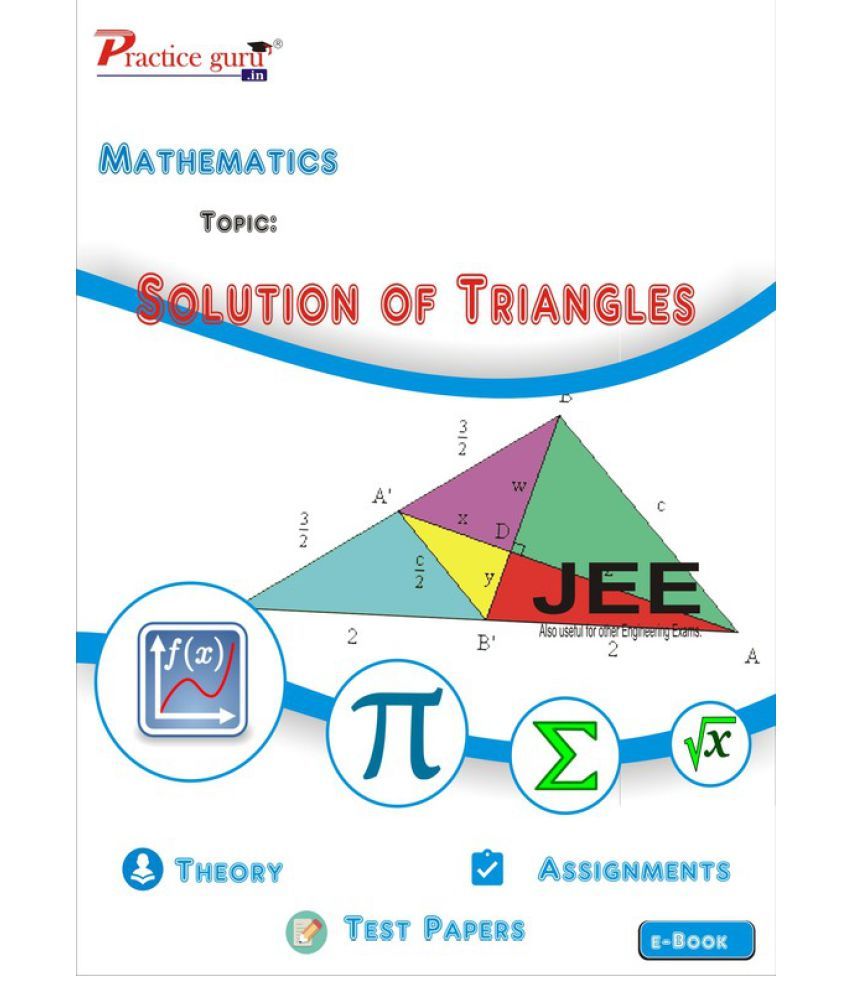Monitor mortgages, assignments and releases with other financial institutions. Let us help you monitor client activity with the only Statewide search available in the industry. Scholar Assignments are your one stop shop for all your assignment help needs.We include a team of writers who are highly experienced and thoroughly vetted to ensure both their expertise and professional behavior.

Let’s examine an experiment that was conducted at a small local grocery store by Sheena Iyengar, then a graduate student at Stanford University. She set up a table for tasting jam near the front of the store. Sometimes the table had 6 types of jam; other times there were 24 types. Iyengar and her colleagues measured two things. Lot 24 Justin Dr, Springtown, TX 76082 is a single-family home listed for-sale at $349,000. Home is a 4 bed, 3.0 bath property. Find 31 photos of the LOT 24 Justin Dr home on Zillow. Scholar Assignments are your one stop shop for all your assignment help needs. We include a team of writers who are highly experienced and thoroughly vetted to ensure both their expertise and professional behavior.
Background
Psychology teaches us that choosing, perceiving, remembering, and other cognitive activities involve complex processes that compete for limited mental resources. The human brain is an amazing thing, but even when that brain is young and working well, it can reveal its limits by slipping up in surprising ways—like forgetting a decision made a few seconds ago just a few seconds later (choice blindness). Other interesting research provides some insight into how our brain’s manage decision-making. Do you think that making a choice puts big demands on our mental processing system? One line of research suggests that it does.
Let 24 Assignments Meaning
Let’s examine an experiment that was conducted at a small local grocery store by Sheena Iyengar, then a graduate student at Stanford University. She set up a table for tasting jam near the front of the store. Sometimes the table had 6 types of jam; other times there were 24 types.
Iyengar and her colleagues measured two things. First, which condition—6 jams or 24 jams—was more likely to get people to stop and taste the products? And second, which condition—6 jams or 24 jams—produced more sales of the jams that were sampled.
Try It
Take a guess before reading the answers that follow. What percentage of shoppers do you think stopped…
- when there were 24 jams on the table?
- when there were 6 jams on the table?
Now, just looking at the people who stopped and sampled some of the jam at the table, which condition led to better sales?
Try It
Let 24 Assignments Questions
Take a guess before reading the answers that follow. What percentage of shoppers do you think bought jam…
- when there were 24 jams on the table?
- when there were 6 jams on the table?


Details of the Study
The experiment took place in a small but popular grocery store near the Stanford University campus, south of San Francisco, California. A tasting booth was set up in the store on two consecutive typical weekends. These customers were invited “come try our Wilkin and Sons jams.” This was a variety of jam that was typically sold in the store. However, the most popular flavors of the jam (e.g., strawberry and raspberry) were not included in the tasting booth set in order to encourage people to try something new. Shoppers were given a $1 off coupon to purchase a jam. The jams were priced between $4 and $6, before discount.
At different times, the booth offered either 6 types of jam or 24 types of jam. Jam was not sold at the tasting booth. If a person wanted to buy jam, he or she had to go to the shelves, find the jam from a set of 28 flavors of the Wilkin and Sons brand, as well as other jellies and jams regularly available. In other words, purchasing on of the jams required the shoppers to make the effort to find a particular jam on the shelves, just as they would on a typical shopping day.
The two experimental conditions in this study are:
- A table with 6 jars of jam
- A table with 24 jars of jam
A total of 242 customers walked near the booth when there were 24 jars on the table.
A total of 260 customers walked near the booth when there were 6 jars on the table.
Which table do you think had more customers stop and taste the jam? Take a look at the results below.
- 60% of the 242 customers (142) stopped at the 24 jam table
- 40% of the 260 customers (104) stopped at the 6 jam table
More people (and a higher percentage) stopped when there were 24 jars on the table than when there were only 6 jars. This suggests that lots of choices captures our attention and draws us in. Interestingly, customers actually tasted about the same number of jams in the two conditions: usually one or two jams.
The real test in this experiment is found in the amount of jam that was sold, either on the same day or within the week that the $1-off coupon was valid.
Which table do you think sold more jam? Take a look at the results below.

- Of the customers stopping at the 24 jam table, only 3% (4 customers) used the coupon to buy jam sometime in the following week.
- Of the customers stopping at the 6 jam table, 30% (34 customers) used the coupons to buy jam during the following week.
Statistically, there is a very strong difference between these two outcomes.
This result is called “the paradox of choice.” You might think that more options leads to greater likelihood that you will find something you like, and consequently you will be more likely to purchase something under those conditions. But Iyengar and Lepper found the opposite. An extensive number of items seemed to shut people down, making them far less likely to make a choice to purchase one item than when their list was very limited. The researchers studied a variety of other choice objects. For example, using a very different setting, they found similar results when people were offered a large or small variety of chocolates. And they found that students were far more likely to choose to write an optional extra-credit essay when offered only 6 topics to choose from than when they were offered 30 topics.
Why would people buy fewer products when they were given more choices?
Assignment
Based on the research you just read about, describe Dr. Iyengar’s experiment with jam. First, identify the following:
- What are the two hypotheses in the experiment?
- What are the independent variables?
- What are the dependent variables?
Next, write a short description of the methods used to run this experiment. Then, write a paragraph analyzing the results. Spend time answering the question, “Why would people buy fewer products when they were given more choices?” Use your understanding of psychology and decision-making, as well as examples from your own life, to support your argument in explaining the paradox of choice.
| Criteria | Ratings | Points | ||
| Identifies hypotheses | Correctly identifies the hypotheses of Dr. Iyengar’s experiment | Partially identifies the hypotheses of the experiment | Incorrectly identifies the hypotheses of the experiment | __/3 |
| Identifies independent variables | Correctly identifies the IV of Dr. Iyengar’s experiment | Partially identifies the IV of the experiment | Incorrectly identifies the IV of the experiment | __/3 |
| Identifies dependent variables | Correctly identifies the DV of Dr. Iyengar’s experiment | Partially identifies the DV of the experiment | Incorrectly identifies the DV of the experiment | __/3 |
| Explains methods and results | Summarizes the methods used in the experiment and how it was executed. Correctly summarizes results. | Partially describes the methods used in the experiment and the results. | Incorrectly describes the methods used in the experiment and the results. | __/5 |
| Explains the paradox of choice | Examines WHY having more choices would lead to fewer people buying it. Supports argument with evidence. | Partially examines WHY having more choices would lead to fewer people buying it. Supports argument with weak or limited evidence. | Partially examines WHY having more choices would lead to fewer people buying it. Does not support argument with evidence. | __/6 |
| Total: | __/20 | |||

Comments are closed.